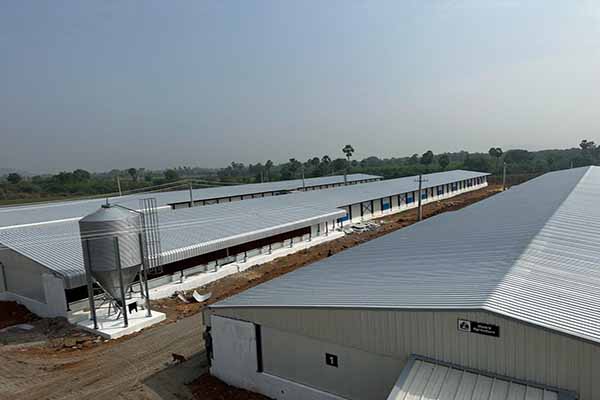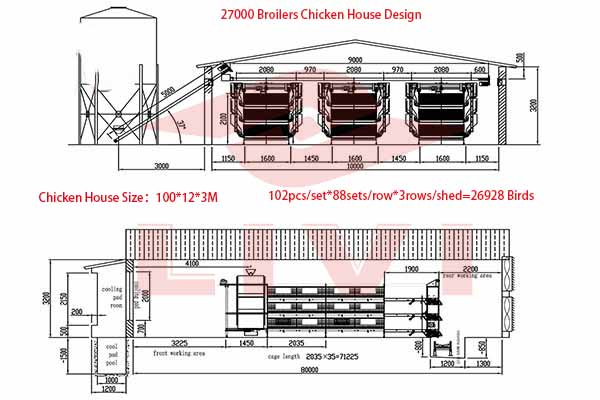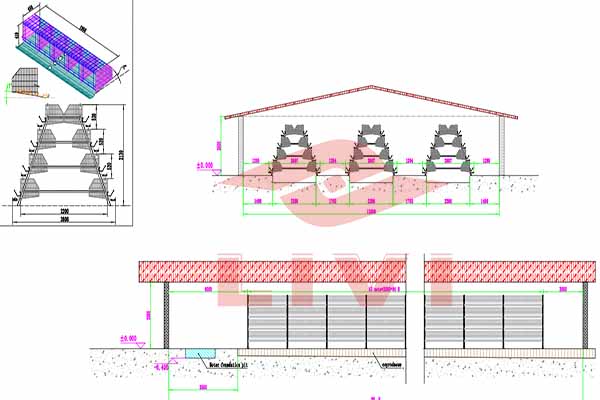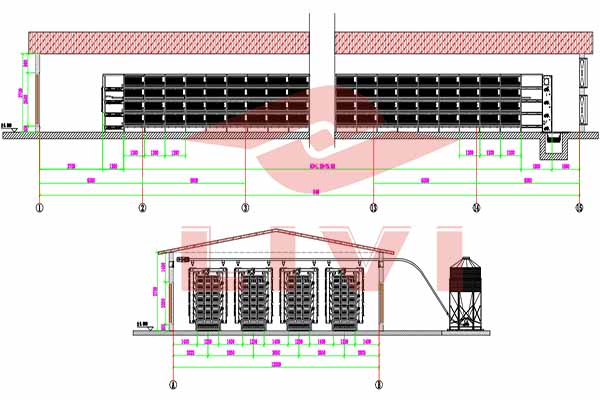Alternatives to Traditional Chicken Cages: Innovative Solutions for Modern Poultry Farming
As the poultry industry evolves, traditional chicken cages are being questioned for their impact on animal welfare and productivity. This article explores alternative solutions that are gaining popularity among poultry farmers and investors. By understanding these options, you can make informed decisions for your farm.
Why Look for Alternatives?
Traditional chicken cages, while efficient in some aspects, often come with drawbacks such as limited space, increased disease risk, and poor animal welfare. According to a report by the World Poultry Association, switching to alternative systems can lead to improved productivity and better health outcomes for the birds.
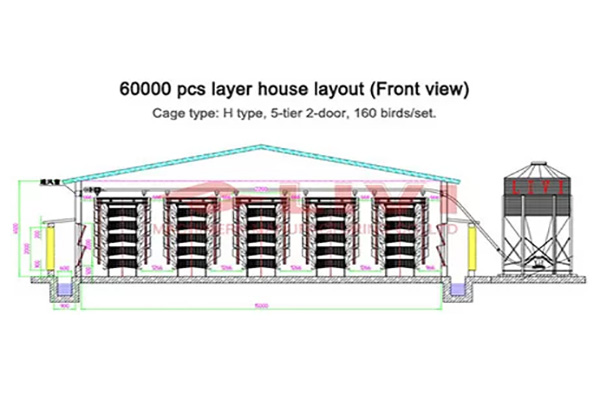
1. Free-Range Farming
Free-range farming is a popular alternative to traditional cages. It involves allowing chickens to roam freely within a secure, enclosed area. This method is reported to increase egg production by up to 10% and decrease mortality rates significantly. Here are some key points to consider:
- Space: Free-range systems require more space, but they provide birds with a healthier environment.
- Feeding: Free-range birds have a varied diet, which can lead to better nutritional outcomes.
- Investment: Initial setup costs are higher, but long-term benefits may outweigh the expenses.
2. Environmental Enrichment Cages
Environmental enrichment cages are designed to provide chickens with a more natural and stimulating environment. These cages often include perches, nesting boxes, and scratching areas. Studies have shown that these enhancements can improve animal welfare and reduce stress. Here are the key features:
- Perches: Allow chickens to engage in natural behaviors like roosting.
- Nesting Boxes: Encourage healthier laying patterns and increased egg quality.
- Scratching Areas: Provide mental stimulation and the opportunity for foraging.
3. Vertical Farming
Vertical farming is an innovative approach that stacks chickens vertically, using less space than traditional systems. This method is particularly beneficial for urban farming and can increase production density by up to 10 times. Key considerations include:
- Space Efficiency: Vertical systems require significantly less land than traditional farms.
- Airflow and Ventilation: Proper management is crucial to maintain optimal conditions.
- Energy Consumption: While energy-efficient, initial setup may require a substantial investment.
4. Deep-Litter Systems
Deep-litter systems involve raising chickens on deep layers of organic bedding material, suc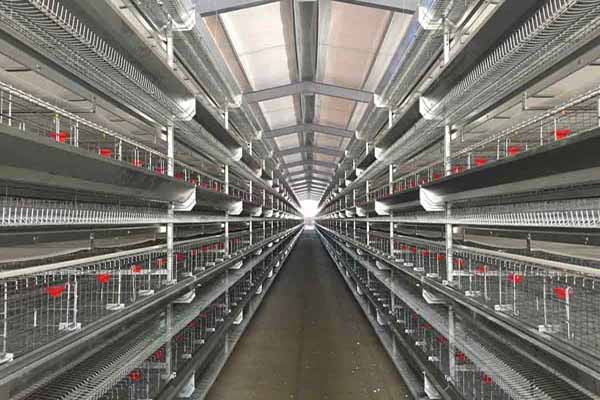 h as wood shavings. This method creates a more natural environment and can reduce the need for antibiotics. Here are the advantages:
h as wood shavings. This method creates a more natural environment and can reduce the need for antibiotics. Here are the advantages:
- Health Benefits: The bedding material can absorb ammonia and other gases, reducing the risk of respiratory diseases.
- Environmental Friendly: Organic bedding can be recycled as a natural fertilizer.
- Operation: Requires regular turning of the bedding to maintain conditions.
Choosing the right alternative to traditional chicken cages depends on various factors, including your farm’s size, location, and budget. By considering these innovative solutions, you can improve your farm’s efficiency and animal welfare.
Would you like to learn more about how Livi Mechanical can assist you in transitioning to a more efficient and sustainable poultry farming operation? Leave a comment below or contact us directly to receive a free, customized chicken farm design and equipment quote.
